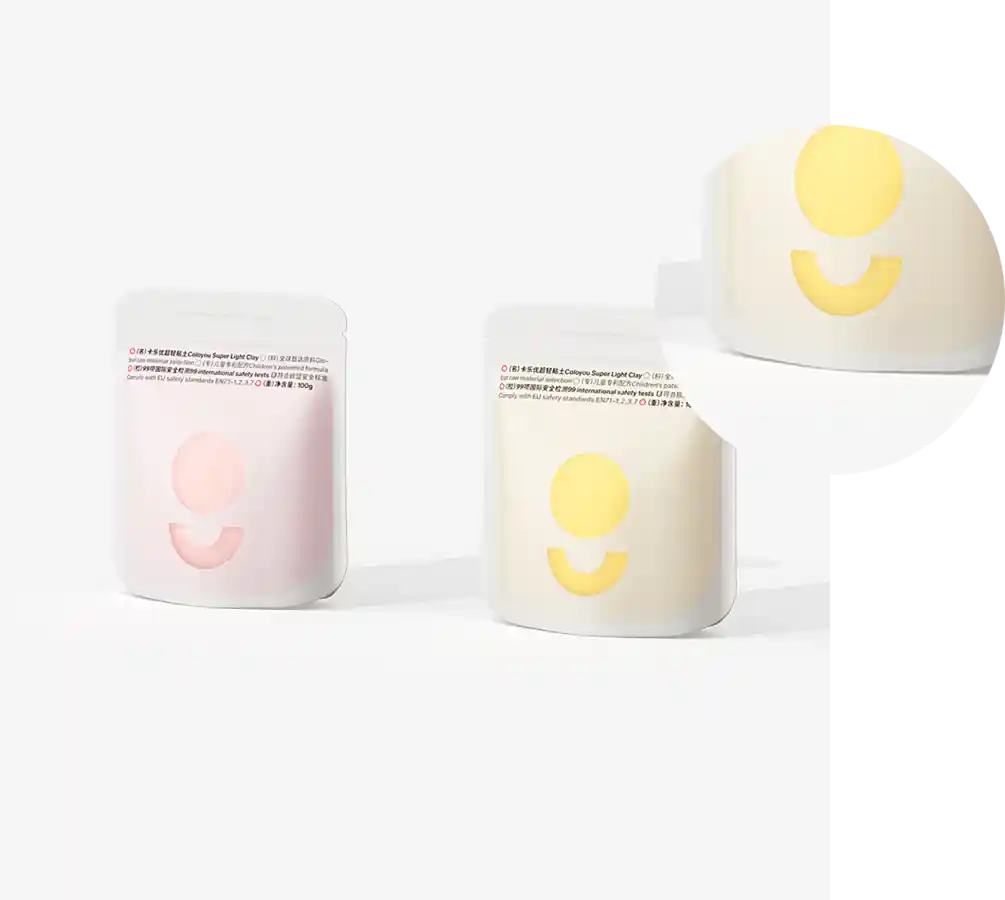- Afrikaans
- Albanian
- Amharic
- Arabic
- Armenian
- Azerbaijani
- Basque
- Belarusian
- Bengali
- Bosnian
- Bulgarian
- Catalan
- Cebuano
- chinese_simplified
- chinese_traditional
- Corsican
- Croatian
- Czech
- Danish
- Dutch
- English
- Esperanto
- Estonian
- Finnish
- French
- Frisian
- Galician
- Georgian
- German
- Greek
- Gujarati
- haitian_creole
- hausa
- hawaiian
- Hebrew
- Hindi
- Miao
- Hungarian
- Icelandic
- igbo
- Indonesian
- irish
- Italian
- Japanese
- Javanese
- Kannada
- kazakh
- Khmer
- Rwandese
- Korean
- Kurdish
- Kyrgyz
- Lao
- Latin
- Latvian
- Lithuanian
- Luxembourgish
- Macedonian
- Malgashi
- Malay
- Malayalam
- Maltese
- Maori
- Marathi
- Mongolian
- Myanmar
- Nepali
- Norwegian
- Norwegian
- Occitan
- Pashto
- Persian
- Polish
- Portuguese
- Punjabi
- Romanian
- Russian
- Samoan
- scottish-gaelic
- Serbian
- Sesotho
- Shona
- Sindhi
- Sinhala
- Slovak
- Slovenian
- Somali
- Spanish
- Sundanese
- Swahili
- Swedish
- Tagalog
- Tajik
- Tamil
- Tatar
- Telugu
- Thai
- Turkish
- Turkmen
- Ukrainian
- Urdu
- Uighur
- Uzbek
- Vietnamese
- Welsh
- Bantu
- Yiddish
- Yoruba
- Zulu
Finding the Perfect Color Match with the Pantone Matching System
Understanding the Pantone Matching System A Guide to Color Consistency
In the world of design and branding, color plays a crucial role in conveying messages, evoking emotions, and establishing identity. One of the most recognized tools used by graphic designers, marketers, and manufacturers to ensure color consistency across different projects is the Pantone Matching System (PMS). This article explores the significance, principles, and applications of the PMS in various industries.
What is the Pantone Matching System?
The Pantone Matching System is a proprietary color space used primarily in printing and design. Developed in 1963 by Lawrence Herbert, this system provides a standardized method of matching colors. It includes a vast palette of colors, each identified by a unique number, allowing for precise communication of color choices among designers, clients, and manufacturers.
The PMS simplifies the color selection process; instead of relying on subjective interpretations of color displayed on different screens or materials, designers can refer to a specific Pantone color. This ensures that everyone involved in a project shares a coherent understanding of the colors being used.
Why is Pantone Important?
Color consistency is vital in branding and marketing. A brand’s visual identity is significantly influenced by its color palette; colors evoke specific feelings and associations. For instance, blue often represents trust and professionalism, while red can convey excitement or urgency.
Using Pantone colors helps businesses maintain their brand integrity. When a logo is printed on various materials—such as business cards, packaging, banners, and clothing—the use of a uniform Pantone color ensures that the brand is instantly recognizable across all platforms. This consistency can enhance brand loyalty and consumer trust.
Applications of Pantone in Various Industries
1. Print and Publishing In the print industry, PMS is essential for achieving accurate color reproduction. Printers use Pantone formulas to mix inks that match the specified colors, ensuring high-quality printed materials that meet client expectations.
pantone matching system

2. Fashion and Textiles Designers in the fashion industry utilize PMS to ensure that colors remain consistent across fabrics and in different lighting environments. For instance, a clothing line must maintain the same shade of red or blue to ensure that items look the same in-store, online, and when worn by consumers.
3. Product Design Consumer products, from electronics to household items, often incorporate Pantone colors to maintain a cohesive brand presence. When a company introduces a new product line, using consistent Pantone colors can help reinforce brand identity.
4. Interior Design Interior designers rely on Pantone colors to select paint, fabrics, and furnishings that align with their vision. The use of PMS allows designers to provide clients with a cohesive look that can be easily replicated in different environments.
5. Marketing and Advertising Ads and promotional materials benefit from the use of Pantone colors. A marketing campaign can utilize specific PMS colors to create visually engaging campaigns that resonate with the target audience.
The Future of Pantone
As technology continues to evolve, so too does the Pantone Matching System. The introduction of digital color tools and applications has made it easier for designers to select and use Pantone inks in virtual environments. Additionally, Pantone continues to expand its color library to include modern shades reflecting current design trends.
Moreover, sustainability has become an increasingly important aspect in recent years. Pantone is responding to this by developing sustainable color products and practices, enabling designers to make environmentally conscious choices without sacrificing quality or aesthetics.
Conclusion
The Pantone Matching System is a vital resource in today’s design landscape, offering professionals a standardized way to communicate and maintain color consistency. By ensuring that brands present a unified color palette, PMS helps build brand recognition and loyalty. As industries continue to embrace the importance of color in design and marketing, Pantone’s role as a color authority will only grow, making it an essential tool for anyone involved in creative endeavors.
In a world where visuals dominate, understanding and utilizing the Pantone Matching System can greatly enhance a brand’s ability to communicate, connect, and leave a lasting impression on its audience.













